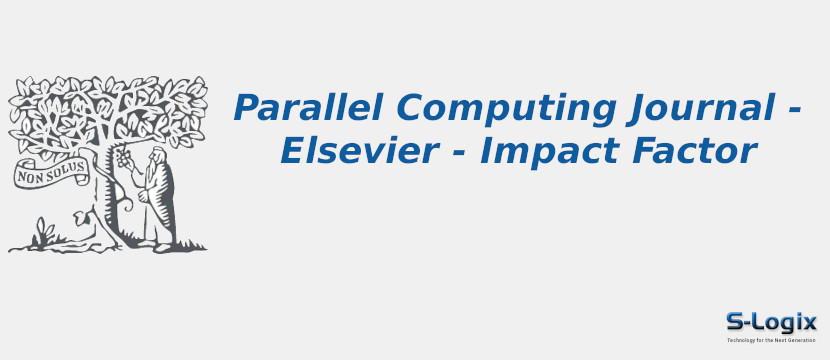Journal Home: Journal Homepage
Editor-in-Chief: A. Benoit
Print ISSN: 01678191
Electronic ISSN:
Abstracting and Indexing: Scopus, Science Citation Index Expanded
Imapct Factor 2024: 2.1
Subject Area and Category: Computer Science, Artificial Intelligence, Computer Graphics and Computer-Aided Design, Computer Networks and Communications, Hardware and Architecture, Software, Mathematics, Theoretical Computer Science
Publication Frequency:
H Index: 72
Q1:
Q2: Computer Graphics and Computer-Aided Design
Q3:
Q4:
Cite Score: 5.4
SNIP: 1.303
Journal Rank(SJR): 0.541
Latest Articles: Latest Articles in Parallel Computing
Guidelines for Authors: Parallel Computing Author Guidelines
Paper Submissions: Paper Submissions in Parallel Computing
Publisher: Elsevier
Country: Netherlands
